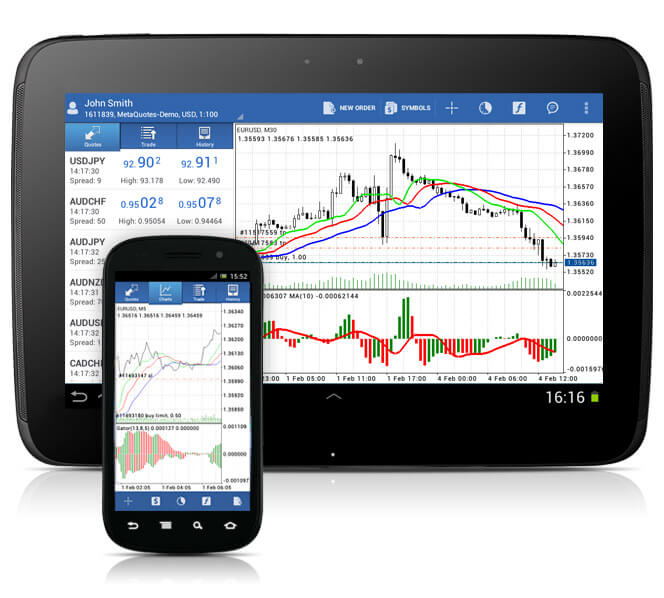Contracts for Difference (CFDs) have gained significant popularity among traders seeking to capitalize on market movements without owning the underlying assets. This financial instrument allows investors to speculate on price changes across various markets, including stocks, commodities, and currencies. However, like any trading strategy, cfds come with their own set of advantages and drawbacks.
One of the main benefits of trading CFDs is the flexibility they offer. Traders can access a wide range of markets and can open positions with relatively low capital, thanks to flexible leverage options. This enables both small and large investors to participate in the financial markets. Additionally, CFDs provide the opportunity to go long or short, allowing traders to profit from both rising and falling markets.
Another advantage is the ability to utilize advanced trading tools. Many platforms offer features like charting tools, real-time market data, and risk management options, which can enhance trading strategies. Furthermore, CFDs often come with lower transaction costs compared to traditional stock trading, as they generally do not involve commissions.
Despite these benefits, trading CFDs carries inherent risks. One of the main drawbacks is the potential for significant losses, especially if market movements are unfavorable. The flexible leverage that allows for greater profit potential can also amplify losses, making it crucial for traders to have a solid risk management strategy in place.
Moreover, CFD trading can involve complex pricing mechanisms, which may confuse novice traders. The bid-ask spread, overnight financing fees, and other costs can impact overall profitability, necessitating a thorough understanding of the market.
In conclusion, while CFDs offer a unique and flexible way to trade a variety of assets, they are not without risk. Traders must weigh the advantages of flexible market access and diverse strategies against the potential for significant losses. A well-informed approach and a clear understanding of both the benefits and risks are essential for success in the world of CFDs.


